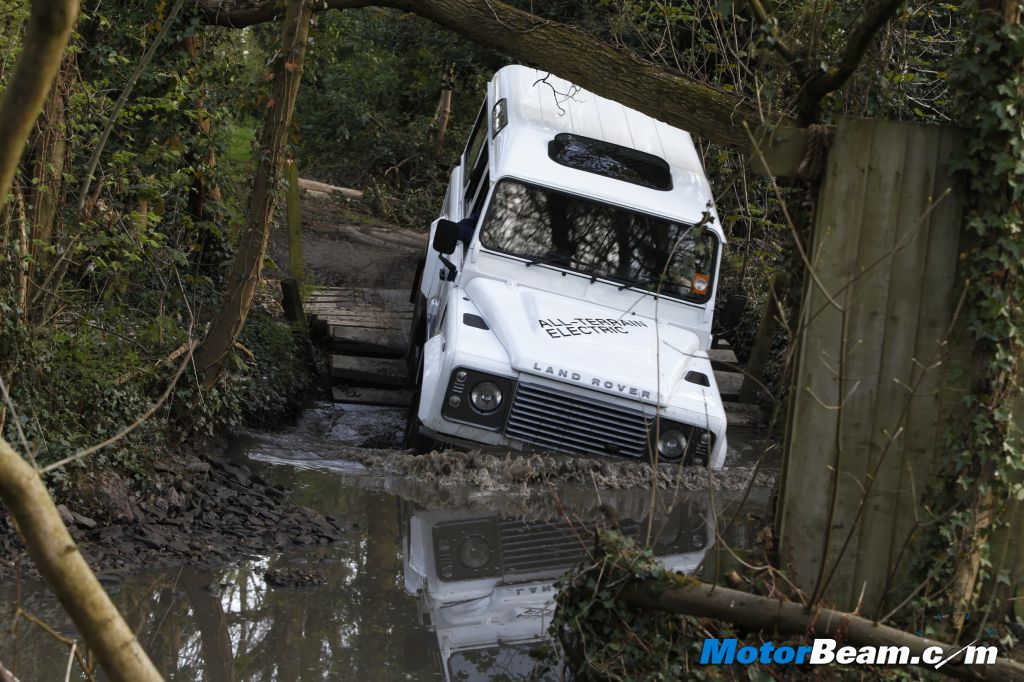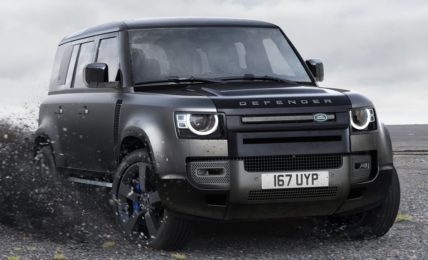Land Rover has announced that it will stop the production of the Defender truck series in the span of next two years. The last of the current Land Rover Defenders will roll off the production lines from Jaguar Land Rover’s (JLR) Solihull factory in the West Midlands in December 2015, bringing to an end a 67-year history of different versions of the model. The Defender will go out of production by the middle of this decade due to legislative reasons. It is mostly an issue of emissions compliance as the bulky SUV cannot be retrofitted to meet today’s clean-air standards in its various markets.
While it is actually possible to install a technically cleaner engine under the hood of the Defender, it is becoming increasingly difficult for the vehicle to stay in compliance with Europe’s ever-stricter safety norms since the basic design of the SUV precedes the Cold War. The 2013 Defender is essentially an evolution of the original Land Rover Series I which was basically aimed at English farmers.
Read The Land Rover Defender Review
Land Rover, then a division of British Leyland first introduced the rugged, utilitarian Defender in 1948 although the ‘Defender’ nameplate was first unveiled in 1983. The British off-road manufacturer has managed to sell over 2 million units of the Defender since its introduction over six decades ago and surprisingly over two-thirds of these are still at work. The Defender has gone through a host of engines ranging from the frugal four-cylinder diesels to the petrol V8s over the past 2 decades. It gained a new 2.2-litre diesel engine in 2011 along with several other updates. We drove the vehicle earlier this year in the UK and were impressed by its breadth of capabilities.
While it is sad to see such an iconic vehicle end its six-decade strong run, the company claims that a replacement vehicle will join the Land Rover Range. Land Rover showcased the DC100 concept vehicle at the Frankfurt Auto Show in 2011 to preview a successor to the Defender, but that steel-based vehicle has been scrapped. The core values of dependability and functionality of the current Defender will be evident in the new replacement vehicle. The brand is looking at the possibility of a more expensive aluminium vehicle to sit on the current Range Rover platform.
Land Rover intends to create an all new vehicle that remains absolutely faithful to its original DNA being tough, versatile, enduring and efficient. Analysts suggest that this vehicle won’t be ready anytime before 2019. Although the Defender was instrumental in boosting the reputation of the company as a rugged SUV brand, the sales numbers were thin selling just 561 units in the first eight months of 2013. The replacement vehicle may be built in India as Tata Motors plans to share platforms with JLR in the future.






